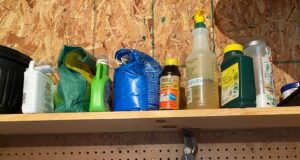
Pesticide Disposal Day for WNC Farmers
Who: Farmers & Homeowners needing to dispose of pesticide (no dealers, businesses, or retailers) What: Free Pesticide Disposal Collection Day When: …



El inglés es el idioma de control de esta página. En la medida en que haya algún conflicto entre la traducción al inglés y la traducción, el inglés prevalece.
Al hacer clic en el enlace de traducción se activa un servicio de traducción gratuito para convertir la página al español. Al igual que con cualquier traducción por Internet, la conversión no es sensible al contexto y puede que no traduzca el texto en su significado original. NC State Extension no garantiza la exactitud del texto traducido. Por favor, tenga en cuenta que algunas aplicaciones y/o servicios pueden no funcionar como se espera cuando se traducen.
Inglês é o idioma de controle desta página. Na medida que haja algum conflito entre o texto original em Inglês e a tradução, o Inglês prevalece.
Ao clicar no link de tradução, um serviço gratuito de tradução será ativado para converter a página para o Português. Como em qualquer tradução pela internet, a conversão não é sensivel ao contexto e pode não ocorrer a tradução para o significado orginal. O serviço de Extensão da Carolina do Norte (NC State Extension) não garante a exatidão do texto traduzido. Por favor, observe que algumas funções ou serviços podem não funcionar como esperado após a tradução.
English is the controlling language of this page. To the extent there is any conflict between the English text and the translation, English controls.
Clicking on the translation link activates a free translation service to convert the page to Spanish. As with any Internet translation, the conversion is not context-sensitive and may not translate the text to its original meaning. NC State Extension does not guarantee the accuracy of the translated text. Please note that some applications and/or services may not function as expected when translated.
Collapse ▲
Who: Farmers & Homeowners needing to dispose of pesticide (no dealers, businesses, or retailers) What: Free Pesticide Disposal Collection Day When: …
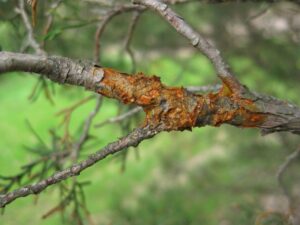
I received an alert that rust is showing up on ornamental trees so scouting now will be important. Species …
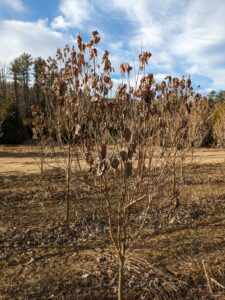
Since October of 2023, I have had multiple reports of dieback issues occurring in (C. florida) varieties. I sent …
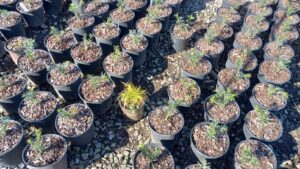
It may be somewhat slower for nursery production in the winter months, but rest assured that cool season weeds …
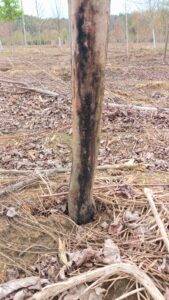
Phytophthora is typically associated with root and crown rots which are, more often than not, fatal to ornamental trees …
In an effort to better help our ag community, N.C. Department of Agriculture and Consumer Services has activated its …
N.C. Cooperative Extension has a wealth of information that will help answer questions from crop and garden issues and …
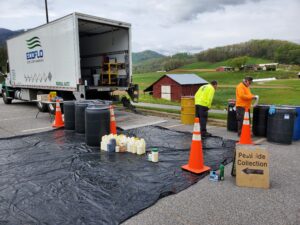
Haywood County has a mix of town and countryside, with beautiful views of mountains and valleys. In one effort …
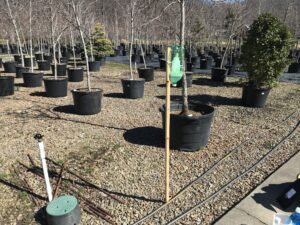
Granulate [Asian] ambrosia beetles are destructive insect pests, and a big concern for nursery growers throughout North Carolina. These …
N.C. Cooperative Extension, Haywood County Center is hosting 2 in-person opportunities for this class this month. Due to COVID-19 restrictions, …

This factsheet summarizes the characteristics of bees and addresses how to control them as an …

This publication discusses Anthracnose Fruit Rot (Colletotrichum sp.) of blueberries in detail. Included are the …

This factsheet describes the symptoms of a shoot inhibitor herbicide injury.

This factsheet describes the symptoms of a metribuzin herbicide injury.

This factsheet describes the symptoms of a dichlobenil herbicide injury.

This factsheet describes the symptoms of a protoporphyrinogen oxidase inhibitor herbicide injury.
This factsheet summarizes the symptoms and management of stubby-root nematodes in soybean in North Carolina.
Lance nematode is not a common problem of soybeans, but can cause local damages in …